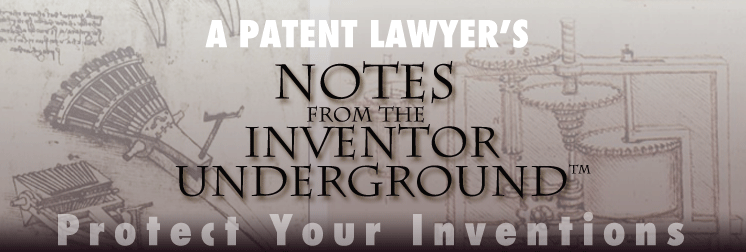
Silence May Preclude Enforcement of Your Patent
Patent and Technology trial lawyer Stan Gibson discusses why patent owners should follow up after sending cease and desist letters.
When the owner of a patent sends out a cease and desist letter to a potential infringer, there can be a significant risk to later enforcement of the patent — particularly if the patent owner fails to initiate legal action or consummate a license for the patent. A recent decision from the Federal Circuit, Aspex Eyewear Inc. v. Clariti Eyewear, Inc., 605 F.3d 1305 (Fed. Cir. 2010) illustrates the problem patent owners can encounter if they wait too long to pursue an infringer who earlier received a cease and desist letter.
In Aspex, the district court concluded that misleading silence, based on the doctrine of equitable estoppel, precluded the patent owner from enforcing its patent against a potential infringer who had received a cease and desist letter several years earlier. In analyzing "misleading silence," the Federal Circuit affirmed the district court on the basis of equitable estoppel. The Federal Circuit fist analyzed the three elements of equitable estoppel, i.e., whether, (1) the patent holder through misleading conduct leads an alleged infringer to reasonably believe that the patent owner does not intend to enforce the patent against the alleged infringer, (2) the alleged infringer reasonably relies upon this conduct, and (3) the alleged infringer would be materially prejudiced if the patent owner were allowed to proceed with the infringement action.
In the district court, Aspex argued that misleading silence could not be found unless there was an allegation of infringement against a particular product. Aspex also argued that the cease and desist letters it sent to Clariti did not amount to a threat to file a lawsuit. The district court disagreed and found that when viewed as a whole the defendant could have reasonably believed that the letters were a threat to file an infringement action. Accordingly, Aspex’s three years of silence after the cease and desist letter misleadingly led the defendant to believe that the threat was over and therefore it could proceed free of concern over any future infringement suit.
In affirming the district court, the Federal Circuit found significant that Clariti, after the Aspex letters and the following silence of three years, further developed its business and product line. Clariti successfully convinced the district court and the Federal Circuit that it had changed its business plans because of the long period of silence from Aspex. Based on that change in business plans, Clariti thus demonstrated an economic change in position that constituted material prejudice. Accordingly, as a result of these early letters, Aspex was precluded from pursuing its infringement action based on equitable estoppel.
This case is a plain reminder that patent owners need to be careful when sending cease and desist letters or letters seeking a license that will most likely be viewed as a potential threat of litigation. As the failure to follow up on these letters may preclude later enforcement of the patent (in effect granting the alleged infringer a covenant not to sue), it is important to maintain your position and to send periodic letters to preserve the ability to file a later infringement action. It is also important that patent owners do not wait too long to file such an infringement action. Waiting too long may preclude you from pursuing the infringer based on equitable estoppel or laches. In that situation, your own letter may turn into a get out of jail free card for the potential infringer.
 Los Angeles Real Estate Litigation Lawyer Jeffer Mangels Butler & Mitchell LLP Home
Los Angeles Real Estate Litigation Lawyer Jeffer Mangels Butler & Mitchell LLP Home

